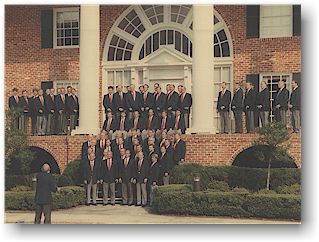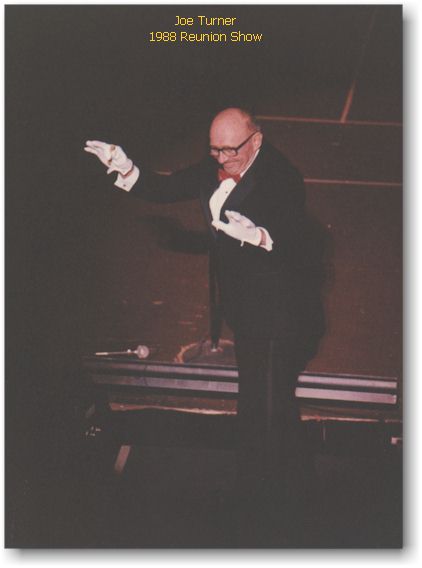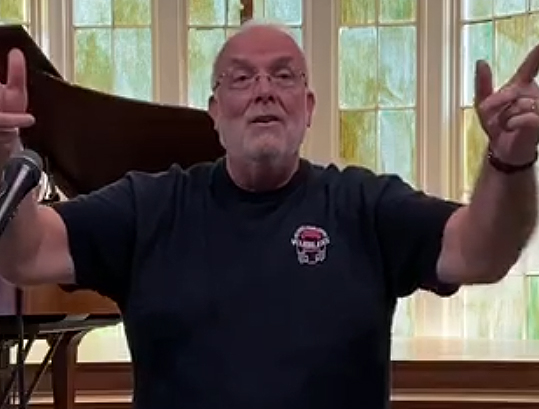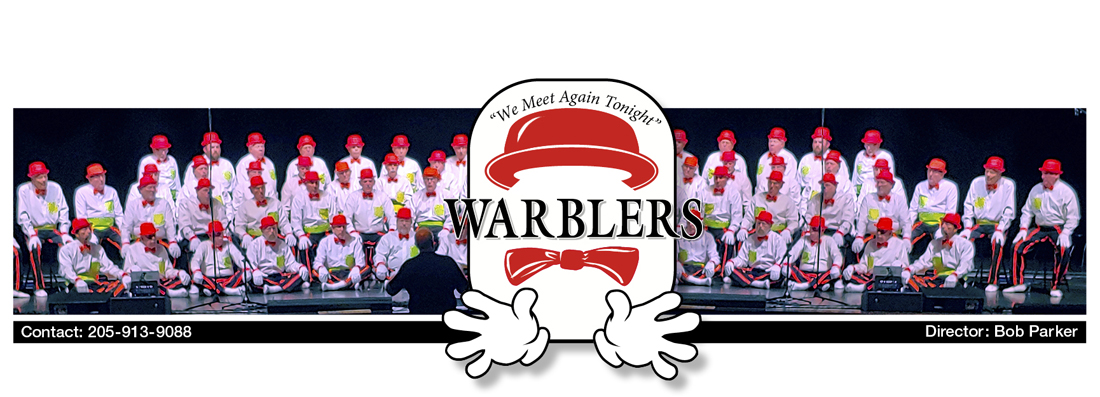|
| The Warbler’s Club began in 1929 at Woodlawn High School in Birmingham, Alabama. Mr. John Light, a graduate of Northwestern University, began his career as the vocal teacher for boys that year. His stated vision was to establish a glee club for boys like the one in which he participated while at Northwestern. By the end of his first year the glee club was formed and the first members, with encouragement of Mr. Light, selected the name Warblers for the club. From the onset of the Warblers, young men had to audition by singing a solo and be voted into the club by the membership. This was incredibly stressful to youthful teenagers, but it set the stage for hard work, determination and pride of accomplishment. Thus, Mr. Light’s vision would mold the character of hundreds of young men over a span of almost half a century. Young men from all backgrounds would forever be bound together by a common thread: the love of fun, good music and singing in four-part harmony.

The first Warblers performances were more like a Vaudeville “variety show” with a mixture of music and comedy. Over time the performances evolved into a Minstrel Show, a format that involved the chorus positioned on the stage in a semi-circle, several comedians located on each side of the stage (called End-Men) and a Master of Ceremonies (called the Interlocutor). The chorus was dressed in brightly colored costumes, but the End-Men were dressed in character outfits, some sloppy, others ridiculous, but always humorous. The Interlocutor was dressed in Top Hat and Tails. The End-Men would perform short skits and tell jokes while the stage sets were being changed for various choral arrangements. The Interlocutor was often the “foil” for the End-Men’s antics.
Mr. Joseph “Uncle Joe” Turner began his 27-year career as the boys vocal teacher in 1950. 
He himself had been a Warbler in high school and had graduated from the University of Alabama in music education. During his tenure as Director of the Warblers, the shows became more elaborate and even more popular. The shows were held in the late spring of each year after spring break. The Warblers used the Spring Break week as the only time they had full use of the auditorium for set preparation and practice. There were many great memories and true bonding of the club membership as friends forever. The classic Minstrel Show ended with the Farewell Minstrel in 1963 out of respect for evolving cultural norms. From then until the last show in 1972 the Warblers performed in what was called a Hobo Show. The show kept the same format as the former Minstrel shows, but standardized the costuming for the chorus, and expanded the roles for the End-Men to include characters from popular culture and “visitors” from around the world. From 1972 to 1977 the Warblers continued to perform in several competitions and public service events.
When “Uncle Joe” Turner retired in 1977 the Warblers Club ceased to exist until there was a Woodlawn High Reunion in the late 1980’s. This was such a great reunion that a group of former Warblers attending decided to get together for a Warbler Reunion Show. This show, performed at the Alabama Theatre in Birmingham, sold out shows over a three day period in 1988. It reunited Amos Hudson, a brief Director of the Warblers in the late 1940’s, with “Uncle Joe” Turner as Directors of the show. Shortly thereafter, the club reconstituted and has averaged 40-50 active members since that time. Starting in 1988, the Warblers Club has continued to perform regularly for private and public functions, including major shows every two or three years.
Since 2006 Bob Parker, a Woodlawn Warbler himself, has served as Director of the Warblers.  In 1992 the Warblers Club opened the membership to others who may not have graduated from Woodlawn yet share the love of four-part male harmony style singing, fellowship with one another and community service that defines the club. More about this can be found under the membership tab of the website in the banner above. In 2019, the Warblers Club celebrated their 90th Anniversary with a major show at Samford University and gave another major show at that same venue in the summer of 2022. In 1992 the Warblers Club opened the membership to others who may not have graduated from Woodlawn yet share the love of four-part male harmony style singing, fellowship with one another and community service that defines the club. More about this can be found under the membership tab of the website in the banner above. In 2019, the Warblers Club celebrated their 90th Anniversary with a major show at Samford University and gave another major show at that same venue in the summer of 2022.
|

